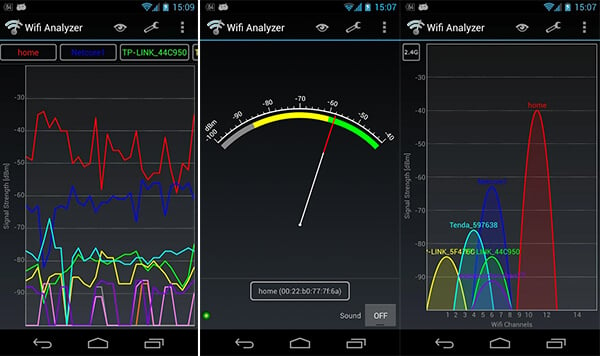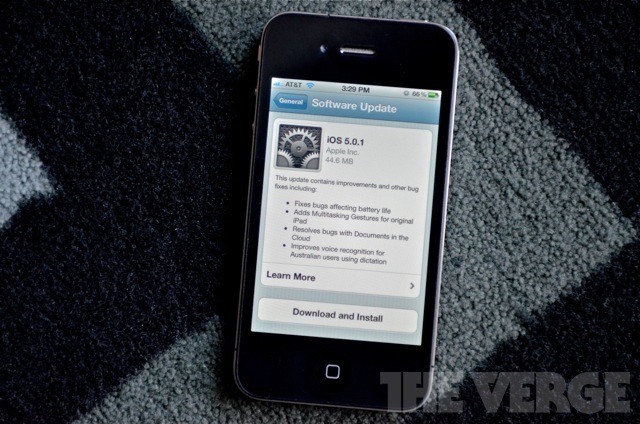

If you need more detailed tips on optimizing your WiFi signal strength, be sure to go have a look at our WiFi signal boosting guide. It shines the most when used to identify channel conflicts, overlapping, and other configuration issues that commonly cause WiFi networks to perform poorly. Then manually set your router to use a different one. WiFi Explorer (19.99 + free version available) WiFi Explorer is a visually attractive WiFi analyzer app created to help regular Mac users gain full insight into WiFi networks. If you are worried about channel congestion, you can use your analyzer to check which channels have no other hotspots (or the fewest) using it. This can help you make a decision on whether to use a WiFi extender or perhaps change the location of your router. The app can display the directions to the nearest cell tower, perform speed and latency tests, display coverage and connection quality on a map, provide you with detailed wireless network information, and much more. At home, you can walk from one spot to the next and make a note of how your router’s signal strength changes. OpenSignal is a powerful WiFi analyzer app with a plethora of features intended both for WiFi and cellular monitoring. Once you have the WiFi analyzer of your choice, the two most useful ways to use it is pretty straightforward. Even better, its visual design will make you look like a TV hacker or an extra from The Matrix.

The downside to this is that you will have to pay a few bucks to own the app, but once that’s done you’ll have a robust network tool that can do way more than simply scan local WiFi networks. Scany seems to be the only viable choice that’s made it through Apple’s policy checks.

While the details are a little vague, it seems they took issue more with the specific low-level ways apps like WiFi Analyzer work under the hood than simply the idea that you might want to see available networks, channels and signal strengths. However, Apple didn’t ban this category of tool as a whole.


 0 kommentar(er)
0 kommentar(er)
